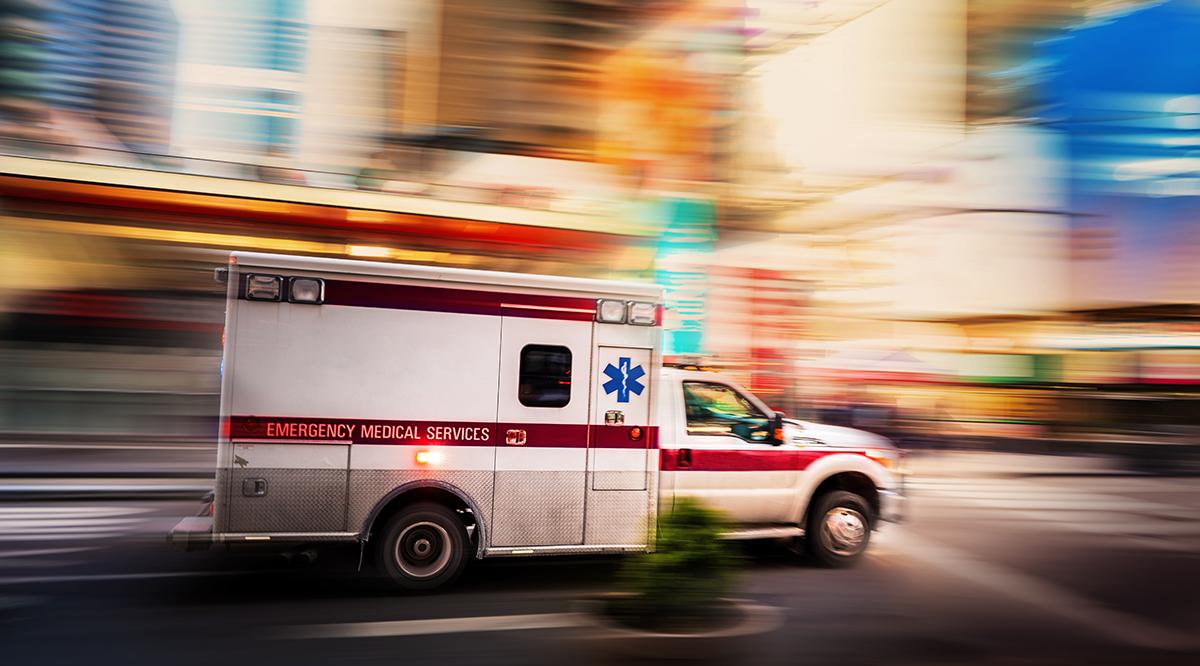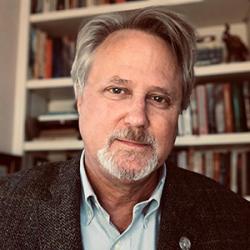Editor’s note: The opinions expressed by the authors do not necessarily reflect the opinions of the AAMC or its members. This is the second piece by the authors. The first addressed the connection between mental illness and gun violence.
“If it’s not a public health problem, then why are all these people dying from it?”
That’s what former U.S. Surgeon General David Satcher, MD, said about gun violence in America in 1993.Three decades later, not much has changed.
The U.S. gun homicide rate increased by 33% from 2019 to 2020 and rose another 8% in 2021. That year, the United States recorded nearly 21,000 firearm homicides and more than 26,300 firearm deaths by suicide.
But it is possible to reduce gun violence in America. And firearm-related policies and regulations are already successfully advancing that goal in numerous states across the country.
What's more, physicians, medical schools, teaching hospitals, and health care systems can do much to help prevent the bloodshed. They can promote gun safety among patients and raise awareness among medical trainees and policymakers, and they can pursue research to better understand the complex and perplexing nature of firearm fatalities.
There is no one solution to the problem of firearm violence because there is no one cause and no one story of firearm injury and death. Rather, it is the sum of a million heartbreaking stories whose common thread is a life cut short by a gunshot — a tragedy that rips through families and communities and ripples across generations. It is the sum of the school and workplace attacks so often highlighted in the news but also the myriad daily acts of violent crime, domestic violence, suicides, and accidental shootings — fatalities that never garner the same media attention as mass shootings but that are every bit as devastating.
To be clear, we cannot realistically expect to alter certain facts about firearms in this country: Private gun ownership is a constitutionally protected right, guns can be highly lethal, and gun access is ubiquitous. U.S. civilians own more guns than those in the next 24 countries combined, and approximately half of all households in the United States possess firearms. That is not likely to change.
What can change is Americans’ perception of firearm injuries and deaths. We can come to recognize these as public health challenges that can and should be addressed through appropriate regulation, education, and safety practices. We can come to see guns and gun injuries much in the same way that we see cars and car crashes: Most people now automatically fasten their seatbelts and value having safety features built into their vehicles.
So, how can we apply a robust public health approach to the epidemic of gun violence in this country?
One important component of a gun-violence public health plan is taking a risk-based approach to limiting access to firearms. The overwhelming majority of gun owners are law-abiding individuals who use their firearms responsibly. But some individuals, at certain times, should not have their hands on a gun because they are a danger to themselves or others. We therefore face a significant challenge in determining which individuals pose a high enough risk to justify limiting their access to firearms. We also need to determine which legal tools are most effective in preventing dangerous individuals from possessing guns without unduly infringing on others’ rights.
Academic scientists must participate in extensive, multi-disciplinary research to achieve these goals and to better understand the sociocultural, psychological, and economic determinants of gun violence. Then they must help translate that knowledge into effective and equitable solutions.
For example, we need better ways of identifying individuals who are at risk of gun suicide in hard-to-reach populations, such as military veterans who do not receive care through the Veterans Health Administration. In another example, we need more research on how to increase physicians' effective use of extreme risk protection orders (ERPOs), laws that allow a judge to require a person who poses a threat to temporarily relinquish their firearms.
Currently, federal funding for gun violence research is not commensurate with the social costs of the problem. Firearm injury research and data infrastructure receive only a fraction of the federal funding necessary. In response, some prominent academic medical centers have stepped up and funded research themselves. All academic medical centers should consider following the lead of these programs, to lean in and advocate for increased federal funding for research, to find other funding sources to support their own faculty, and to help nurture the next generation of firearm-injury prevention experts.
We also need to educate, inspire, and engage rising health care professionals so they can recognize how to help prevent firearm injuries, including by counseling survivors of gun violence to prevent a cycle of reprisals. We need to help learners understand policy issues and participate in advocacy for reforms that can promote safety and reduce gun deaths. And as we teach, we need to acknowledge that the burdens of firearm injury fall inequitably across our communities: Black and Brown communities are over-policed, over-injured, and under-protected.
Educators interested in implementing firearm curricula can explore consensus guidelines for health professionals, which include understanding best practices for safer gun storage and employing motivational interviewing to encourage their use.
At the same time, leaders in academic medicine are powerful voices and need to be strong advocates for evidence-based gun safety policies and interventions in their states and at the federal level. Several measures warrant advocacy attention because robust empirical evidence shows they can effectively reduce firearm injuries and they garner broad support among gun owners and non-gun owners alike:
- Universal background checks to ensure that firearms are sold or transferred only to people who may lawfully possess them. At least 22% of firearms are currently transferred without background checks.
- Domestic violence restraining orders that bar serious domestic violence offenders – a highly persistent and violent subgroup that endangers current and prior partners as well as the public at large – from firearm access.
- Ensuring that people who own firearms and subsequently become prohibited firearm possessors because of felony arrests, restraining orders, or involuntary commitment have their firearms removed.
- Waiting periods that give people purchasing a firearm a “breathing period” before taking possession of it. Evidence indicates that even a few days can help prevent suicides and homicides.
- Child access prevention laws, which make it illegal for an adult to keep a gun in a place and in a way that a child could easily access and fire it.
ERPOs, too, are an important piece in the puzzle of gun violence prevention. It is often the case that, prior to a gun violence tragedy, someone — perhaps a family member or a clinician — is aware of dangerous firearm-related behavior. Nineteen states and the District of Columbia have enacted ERPOs, also known as “red flag” laws, to enable ordinary citizens to take action to prevent harm. Four states authorize clinicians to petition directly for an ERPO for a patient, but in all ERPO states they can reach out to law enforcement officials who can request that a judge issue a restraining order temporarily removing firearms from people at high risk of harming themselves or others.
ERPOs are not criminalizing. They are time limited. They offer due process protections and respect the Second Amendment. They are supported by majorities of Americans — and they can save lives. In addition to preventing suicides, ERPOs are being used to respond to mass shooting threats: approximately 10 percent of ERPO petitions now involve a multiple-casualty shooting threat.
Finally, Behavioral Threat Assessment and Management (BTAM) is an evidence-based approach that uses multidisciplinary teams to assess and address individuals suspected of preparing to engage in serious violence. BTAM trains trusted authority figures – often in schools, but sometimes in businesses, health care facilities, and communities – to respond to information suggesting that someone seems close to perpetrating violence, assess the risk, and develop strategies to reduce that risk by connecting the person to appropriate supports such as mental health treatment. This approach is endorsed by numerous organizations including the National Council for Mental Wellbeing and the International Association for Healthcare Security and Safety. It is a tool that helps keep health care professionals and facilities safe, and it helps us as health care professionals keep our communities safe as well.
Nearly three decades after Dr. Satcher’s declaration that firearm injury is a public health priority, tens of thousands of people are still dying each year and families and communities across the country are still reeling from the impact of firearm injuries.
Like so many of the most difficult medical problems, firearm injuries and deaths are a complex biopsychosocial phenomenon, and they cannot be fixed without leaving the walls of our clinics and hospitals. Physicians and academic medicine leaders must let our colleagues, communities, and policymakers know that firearm injuries are a public health emergency and that we have the evidence and tools to start healing our country. Remaining silent while our patients suffer is no longer an option.


